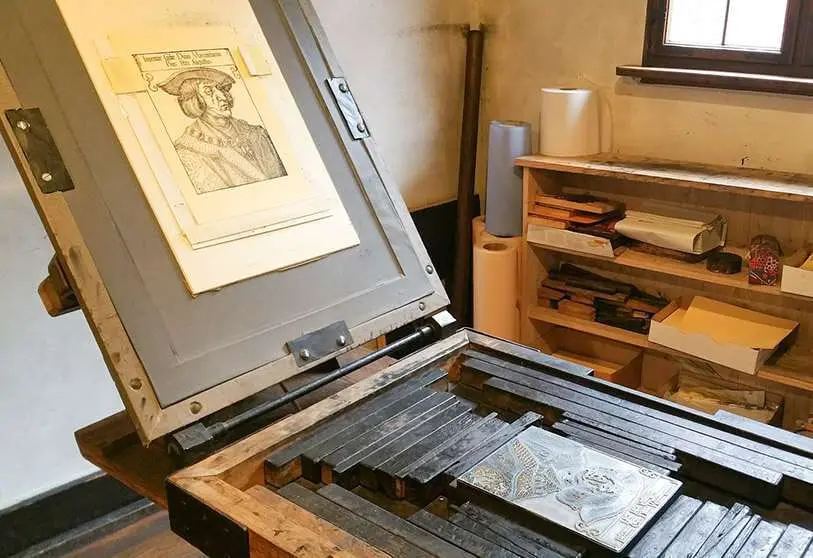'Incunabula', 550 years of printing in Spain

Books and documents printed in Europe between 1440 and 1500 are known as incunabula. Of these, the Biblioteca Nacional owns 3,200, of which only 330 were produced in Spain. From these first and only jewels, María José Rucio and Fermín de los Reyes, in their role as curators, have chosen twenty to show them in the exhibition entitled 'Incunabula', which commemorates the 550th anniversary of the arrival of the printing press, invented by Gutenberg in 1440. And, above all, it exhibits the first book of all, the 'Synodal de Águilafuente', the first one printed in Spain, always kept in the Cathedral of Segovia, from where it has left for the first time to be the guest of exception of this exhibition, which will remain open until 23 July.
The book contains the minutes of the synod held in the Segovian town between 1 and 10 June 1472 and was printed by Juan Párix, who also printed several works by Pedro de Osma, the first author to publish in Spain. Precisely one of these books, on confession, was banned by the ecclesiastical authorities, which led to the exile of Párix, who left Segovia to settle in the French city of Toulouse.

The expansion of printing in Spain was rapid, with the installation of workshops in Barcelona and Valencia (1473) and Zaragoza (1475) by German printers, who had previously installed Gutenberg's invention in France and Italy. Spaniards soon appeared, such as the Seville partners Antonio Martínez, Alfonso del Puerto and Bartolomé Segura (1477), Hebrew printers such as Juan de Lucena in La Puebla de Montalbán in Toledo (1476) and Alfonso Fernández de Córdoba in Valencia in 1477. The Hebrews left few copies, given that in 1492 they suffered the decree of expulsion.
The revolution that brought about the transition from manuscripts reproduced by copyists to multiple editions radically changed society, and knowledge and learning left the monastic precincts to expand and multiply through universities and colleges.

Until the mid-15th century, books were mostly produced by hand. From a century earlier, woodcut books, such as the Biblia Pauperum, were made by means of wooden plates engraved in relief, with the image taking centre stage over brief explanatory texts. The printing press solved the problems caused by the wear and tear of the wooden blocks by being able to multiply the strips with the combination of not many movable metal types. In the exhibition, all this is explained through the display and operation of a replica of a 17th-century printing press from the Madrid Municipal Printing Works.
Engravings, needs and knowledge
With the accelerated development of printing, illustrative engravings were soon incorporated. In Spain, 37% of the editions of these incunabula have some engraving: the seals of the bulls or the technical illustrations that appear in the first copies of the art of chess and 'Cosmographia', as well as those that make history more comprehensible in the 'Fasciculus temporum', or the detailed reproductions of the human body, which were used by medical students in Seville or Zaragoza, and even the incorporation of staves and notes in works on musical themes.

Aware of the magnitude of this invention, the Catholic Monarchs encouraged its development and expansion by exempting book taxes and welcoming foreign printers. The printing press was also brought to America, the first continent in the world after Europe to host a considerable number of colleges and universities, founded and governed under the protection of the Spanish Crown. Hence, the first editions of documents printed in America from 1500 onwards are also considered incunabula.
Six display cases and twenty-one books make up the treasure of this exhibition, in which the literary gems bear witness to the fact that on that occasion Spain was not absent from the revolution brought about by the invention of the printing press, a train of history that fortunately on that occasion was not allowed to pass by.










